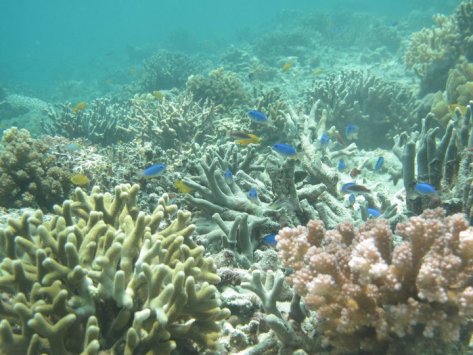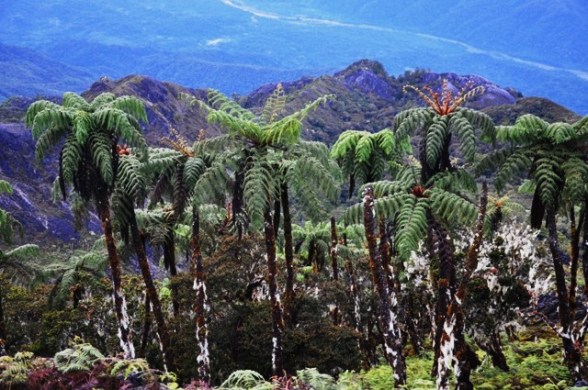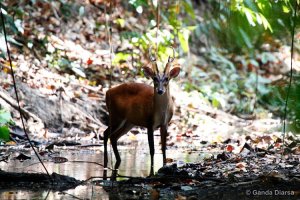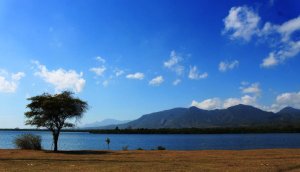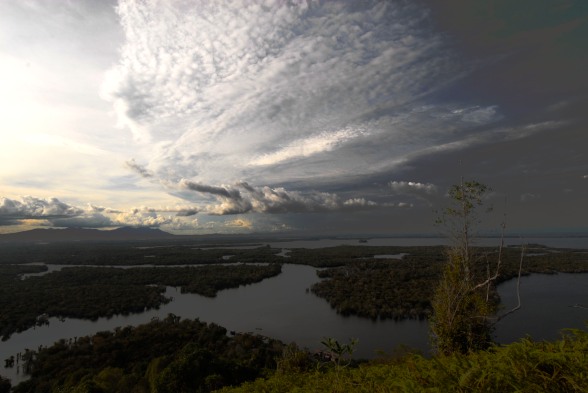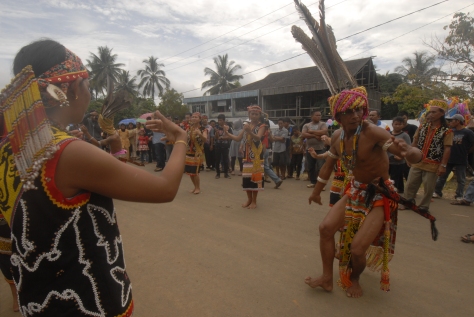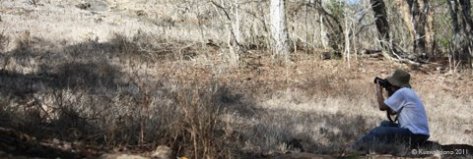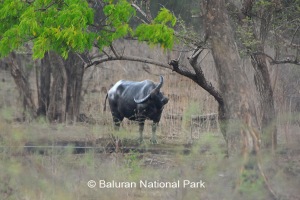Bromo Tengger Semeru National Park which is located in Malang, about 4 hour drive from Surabaya, the capital city of East Java Province, has been known worldwide. The park consists of three major old caldera; Mt.Bromo, Mt.Tengger and Mt.Semeru. Of which, Bromo is the most popular ones for the visitors. It is easily recognized as the entire top has been blown off and the crater inside constantly belches white sulphurous smoke. Bromo is very unique as it lays within the Tengger caldera which has massive diameter of nearly 10 km. In the mean time, Semeru or named as Mahameru (Great Mountain) is the most active volcanos in Indonesia, as it erupts periodically, almost every 20 minute, sometimes containing smoke, ash and stones. Semeru, is the highest peak of Java which has lakes os Ranu Pani, Ranu Regulo and Ranu Kombolo. Mt. Tengger is an ancient caldera which has a unique sea of sand (Lautan Pasir) where newer volcanoes emerged ; Mt. Batok, Mt. Kursi, Mt. Watangan and Mt. Widodaren.
Visitors come to the park either to climb the mountains or surfing the sea of sand inside the caldera by foot or horseback to get to the peak or to catch the wonderfull scenery of sunrise over the mountains. Mount Pananjakan, one of several mountains around the Tengger caldera is the most favourite point to see the entire volcanic complex of Tengger.
Tenggerese, the indigenous people living within the park is Hindu communities, a remnant from the Majapahit era. It is believed that they are to be the descendents of the Majapahit.
The ecosystem of the park are sub-montane, montane and sub-alpine ecosystem types, with big trees that are hundreds of years old. They are home for 137 species of bird, 22 species of mammal, and four species of reptile. They are also habitats for some endangered and protected animal species such as the marbled cat (Pardofelis marmorata), deer (Cervus timorensis russa), long-tailed macaque (Macaca fascicularis), barking deer (Muntiacus muntjak muntjak), red junglefowl (Gallus gallus), panther (Panthera pardus), Asian wild dog (Cuon alpinus javanicus) and various species of bird such as the besra sparrow hawk (Accipiter virgatus virgatus), crested serpent eagle (Spilornis cheela bido), rhinoceros hornbill (Buceros rhinoceros silvestris), black drongo (Dicrurus macrocercus), brahminy kite (Haliastur indus), and ducks that live on the Ranu Pani, Ranu Regulo and Ranu Kombolo Lakes.
Among the plants that exist in the Park are jamuju (Podocarpus imbricatus), cemara gunung (Casuarina sp.), edelweiss (Anaphalis javanica), various species of orchid, and rare species of grass (Styphelia pungieus).
Interesting locations/attractions:
Cemorolawang: one of entrance gates through which visitors pass to see the expanse of the sand sea and Bromo’s crater from a distance; camping is possible here.
Tengger Sand Sea and Mt. Bromo: horse riding; climbing up concrete steps to the rim of Mt. Bromo’s crater, and witnessing the sunrise.
Pananjakan: viewing a magnificent panorama of Mt. Bromo, Mt. Batok, and Mt. Semeru.
Ranu Pani, Ranu Regulo, Ranu Kumbolo and Mt. Semeru. Ranu Darungan Lake: camping and observing animals and plants
Best time of year to visit: June to October, and December to January.
How to get there
By flight to get to Surabaya or Malang airports.
From Surabaya, take Pasuruan or Malang routes :
- Pasuruan-Warung Dowo-Tosari-Wonokitri-Mt. Bromo by car (71 km), or Malang-Tumpang-Gubuk Klakah-Jemplang-Mt. Bromo by car (53 km), and Jemplang-Ranu Pani-Ranu Kumbolo,
- Malang-Purwodadi-Nongkojajar-Tosari-Wonokitri-Penanjakan by car (83 km). From Malang to Ranu Pani by car for about 70 minutes and proceed on foot to Puncak Semeru (the peak of Mt. Semeru) – this takes about 13 hours.
Contact
Bromo Tengger Semeru National Park Office
Jl. Raden Intan No. 6 Malang – Jawa Timur
Telp./Fax. +62341491828
Website : www.tnbromotenggersemeru.com
e-mail : tn bromotenggersemeru@gmail.com
 The park is a habitat for wild life mammals including Sumatran tiger (Panthera tigris sumatrae), Sumatran elephant (Elephas maximus sumatranus), Tapirus indicus, long tailed mongkey (Hylobates syndactylus syndactylus), golden cat (Catopuma temminckii temminckii), deer (Cervus unicolor equinus), crocodile (Crocodylus porosus),Varanus salvator, dolphins (Orcaella brevirostris). Besides, the park is also an important habitat for various fish and bird species such as Limnodromus semipalmatus, Pseudototanus guttifer, Pelecanus onocrotalus, Mycteria cinerea, Leptoptilos javanicus, Chlidonias leucoptera,etc. Thousands bird from Siberia migrate annually to the park and they reach in number in October. The sounds made by their wings is outrages and they make a very beautiful phenomenon.
The park is a habitat for wild life mammals including Sumatran tiger (Panthera tigris sumatrae), Sumatran elephant (Elephas maximus sumatranus), Tapirus indicus, long tailed mongkey (Hylobates syndactylus syndactylus), golden cat (Catopuma temminckii temminckii), deer (Cervus unicolor equinus), crocodile (Crocodylus porosus),Varanus salvator, dolphins (Orcaella brevirostris). Besides, the park is also an important habitat for various fish and bird species such as Limnodromus semipalmatus, Pseudototanus guttifer, Pelecanus onocrotalus, Mycteria cinerea, Leptoptilos javanicus, Chlidonias leucoptera,etc. Thousands bird from Siberia migrate annually to the park and they reach in number in October. The sounds made by their wings is outrages and they make a very beautiful phenomenon.





